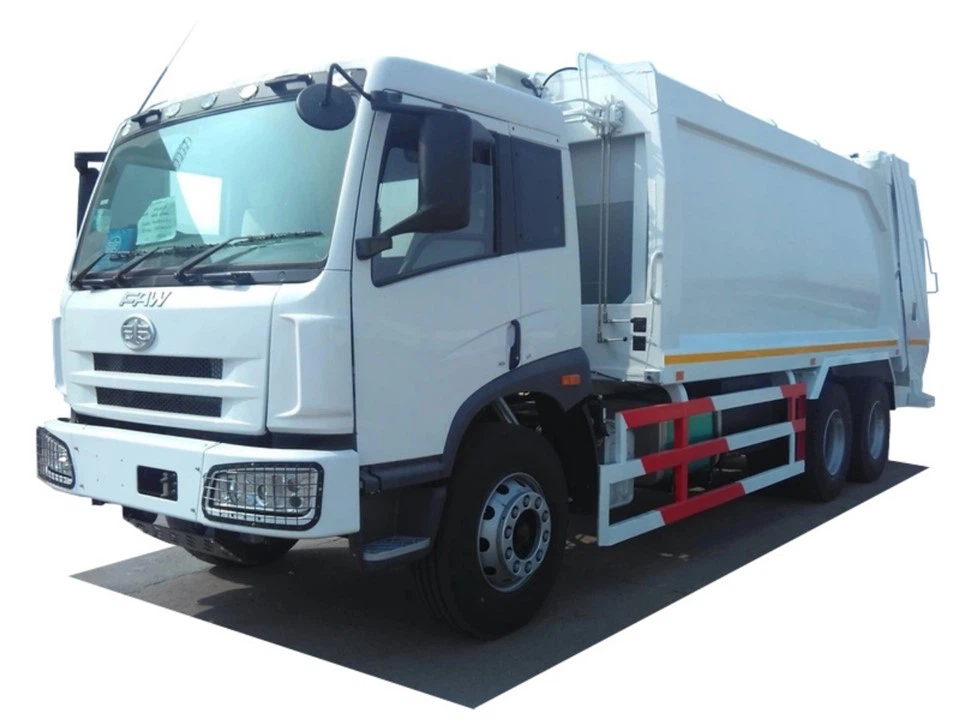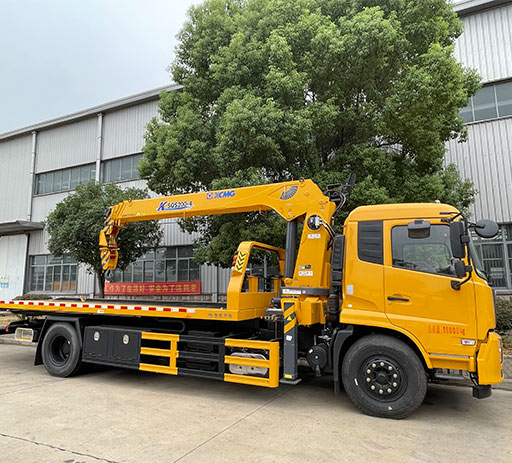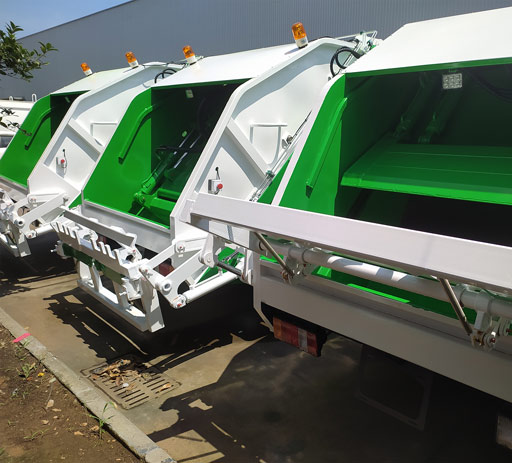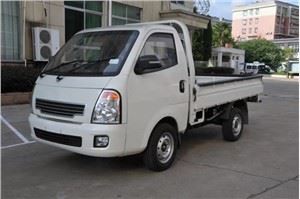Full Cab vs Crew Cab: The Ultimate Guide to Choosing the Right Truck

Introduction
When it comes to buying a truck, one of the crucial decisions you’ll face is whether to opt for a full cab or a crew cab. Both options come with their own set of features, advantages, and considerations. Understanding the key differences between full cab and crew cab configurations can significantly influence your purchasing decision. This comprehensive guide aims to provide detailed insights, practical examples, and tips to help you make an informed choice.
Understanding Truck Cab Types
What is a Truck Cab?
The cab of a truck refers to the section of the vehicle that houses the driver and passengers. Various cab styles cater to different needs and preferences, primarily impacting passenger space, storage capacity, and overall functionality.

Full Cab: Definition and Features
A full cab, often referred to as a standard cab, typically features two doors and a seating arrangement for up to three passengers. It’s designed for utility and often prioritizes cargo space over passenger comfort. Here are some key features:
- Two-Door Configuration: Simplistic design with easier access to the front compartment.
- Compact Size: Ideal for tight spaces and city driving.
- More Cargo Space: Enhanced bed space due to the lack of rear seating.
Crew Cab: Definition and Features
A crew cab features four full-size doors and a spacious interior that can comfortably seat five or six passengers. This style is perfect for families or work crews who need to transport multiple people along with their gear. Key features include:
- Four-Door Configuration: Provides easy access for all passengers.
- Ample Rear Legroom: Comfortable seating for adults in the back.
- Versatile Space Usage: A balance between passenger comfort and cargo capabilities.
Head-to-Head Comparison: Full Cab vs Crew Cab
Space and Comfort
When analyzing the space and comfort levels of each cab style, the most notable difference is in rear seating:
| Feature | Full Cab | Crew Cab |
|---|---|---|
| Passenger Capacity | Up to 3 | Up to 6 |
| Rear Legroom | Minimal | Generous |
| Accessibility | Front only | All four doors |
Cargo Capacity
The full cab’s design maximizes cargo space in the truck bed, making it a preferred choice for those who often haul large items:
| Feature | Full Cab | Crew Cab |
|---|---|---|
| Truck Bed Length | Longer bed options | Shorter bed options |
| Overall Weight | Usually lighter | Heavier due to additional seats |
Towing Capacity
Towing capacity can also be a significant consideration depending on how you plan to utilize your truck. The full cab often has a higher towing capacity because of its lighter weight:
| Feature | Full Cab | Crew Cab |
|---|---|---|
| Towing Capacity | Higher | Lower |
| Stability while Towing | More stable | Can be less stable due to weight |
Fuel Efficiency
Fuel efficiency can vary based on the truck’s engine, but generally, a full cab may offer better mileage. The following aspects contribute to this:
- Weight: Heavier trucks typically consume more fuel.
- Engine Size: The choice of engine can affect both cab styles, but lighter configurations often provide better fuel economy.
Practical Considerations for Full Cab and Crew Cab
Choosing Based on Usage

When deciding between a full cab and crew cab, consider how you plan to use the truck:
- Work-Related Usage: If you frequently transport tools or equipment and only need a temporary seat for a colleague, a full cab is suitable.
- Family or Group Travel: If transporting family members or friends is a priority, the crew cab offers the space and comfort you need.
Budget Considerations

Generally, full cabs can be more budget-friendly compared to crew cabs due to their less complex structure and fewer materials used:
- Initial Cost: Full cabs tend to be less expensive.
- Maintenance Costs: Less wear and tear can translate to lower maintenance costs over time.
Resale Value
Resale values can differ based on demand for passenger space versus cargo capacity. Typically, crew cabs hold their value well due to their versatility:
- Full Cab: May depreciate faster due to reduced appeal for families.
- Crew Cab: Often attracts more buyers due to space and comfort, leading to better resale value.
Examples of Full Cab and Crew Cab Trucks
Popular Full Cab Trucks
- Ford F-150 Regular Cab: Known for its robust performance and towing capacity.
- Chevrolet Silverado 1500 Regular Cab: A reliable choice for those requiring strong cargo space.
Popular Crew Cab Trucks
- Ram 1500 Crew Cab: Offers great interior space and technology features.
- Toyota Tundra CrewMax: Known for its spacious rear seating and comfort.
Tips for Selecting the Right Cab Type
Test Driving
Always take the truck for a test drive. This will give you a feel for how spacious the cab is and how comfortable each seating configuration feels.
Consider Future Needs
Think about your long-term plans. If you anticipate needing more passenger space in the future, a crew cab might be a better investment.
Analyze Your Lifestyle
Think about your lifestyle and activities. If you regularly go camping, hauling camping gear may require more bed space that a full cab can provide.
FAQs
1. Which cab type is better for families: full cab or crew cab?
The crew cab is better for families due to its additional seating and space for passengers in the back.
2. Can I fit car seats in a full cab?
Yes, you can fit car seats in a full cab, but space may be limited and make it difficult for other passengers to sit comfortably.
3. Do crew cabs have good towing capabilities?
Crew cabs can tow effectively, but their towing capacity may be slightly lower compared to full cabs because of the added weight.
4. Are full cabs cheaper to insure than crew cabs?
Generally, full cabs may have lower insurance rates due to their simplicity, but rates vary greatly by insurance provider and location.
5. How do I decide which cab type is best for me?
Consider your primary uses for the vehicle, such as work needs versus family use, and test both styles to see which you feel more comfortable with.
6. Do full cabs have more customization options?
Not necessarily; both cab types have a range of customization choices available, though the specific options may vary by manufacturer.
